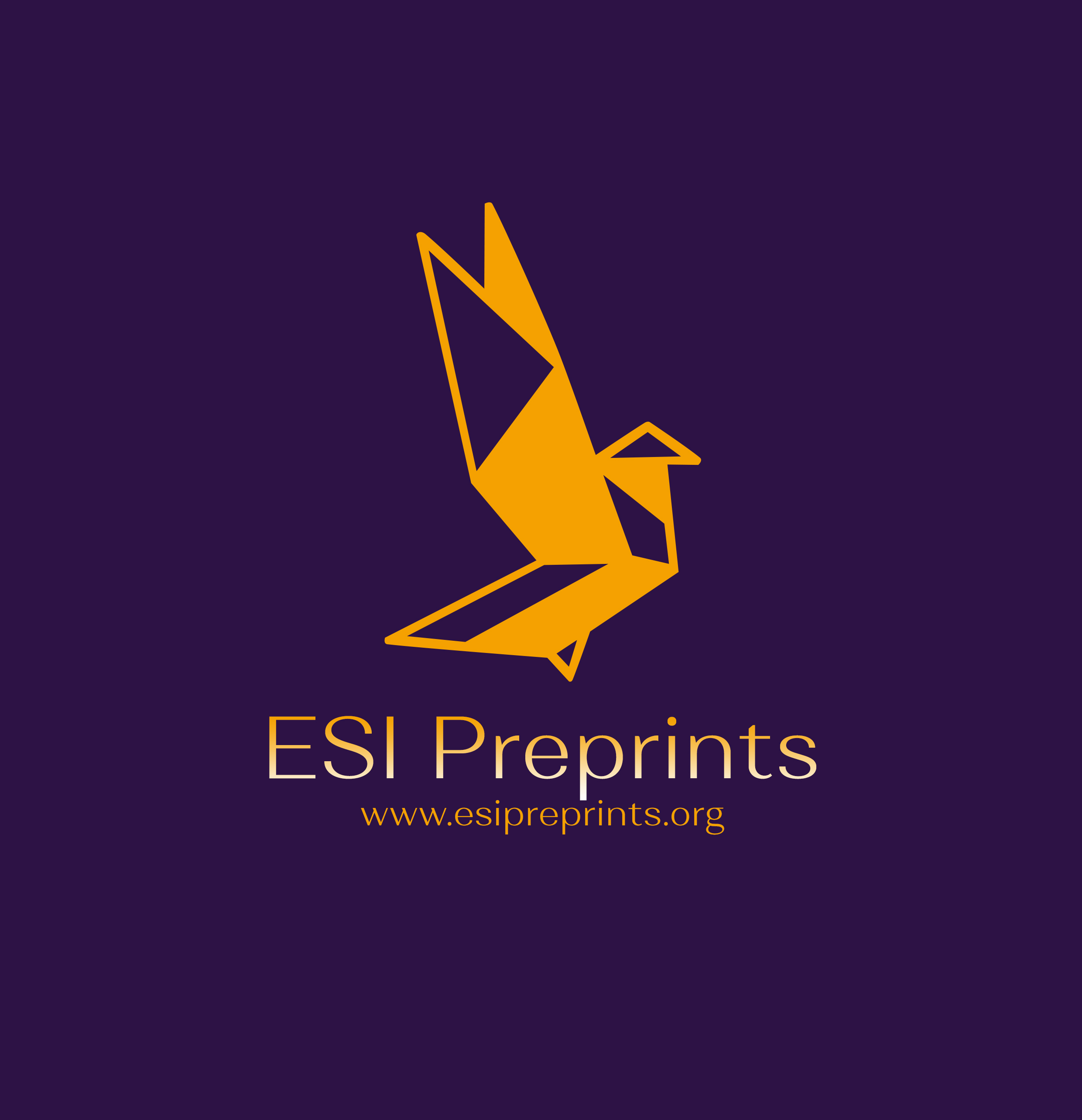University Students’ Perceptions of a CLIL-Based Model in Teaching Aviation English Listening Skills
Abstract
The study investigates university students’ perceptions of using a Content and Language Integrated Learning (CLIL) approach to teach Aviation English listening skills. The integration of content knowledge with language acquisition has gained momentum in English for Specific Purposes (ESP), particularly in aviation training contexts where comprehension of authentic radio communication is critical. A mixed-methods design was employed involving 60 undergraduate aviation students at Georgian Aviation University. Data were collected via a perception questionnaire and semi-structured interviews. Results indicate that the majority of students viewed the CLIL-based approach positively, citing improved comprehension, contextual vocabulary acquisition, and increased engagement. However, some challenges, such as cognitive overload and unfamiliar terminology, were also reported. These findings suggest that CLIL holds promise for Aviation English instruction, provided that pedagogical scaffolding and appropriate materials are in place.
Downloads
Metrics
References
2. Bruton, A. (2013). CLIL: Some of the reasons why… and why not. System, 41(3), 587–597. https://doi.org/10.1016/j.system.2013.07.001
3. Council of Europe. (2001). Common European Framework of Reference for Languages: Learning, teaching, assessment. Cambridge University Press.
4. Coyle, D., Hood, P., & Marsh, D. (2010). CLIL: Content and language integrated learning. Cambridge University Press.
5. Creswell, J. W., & Plano Clark, V. L. (2018). Designing and conducting mixed methods research (3rd ed.). SAGE Publications.
6. Dalton-Puffer, C. (2007). Discourse in content and language integrated learning (CLIL) classrooms. John Benjamins Publishing.
7. Dalton-Puffer, C. (2011). Content-and-language integrated learning: From practice to principles? Annual Review of Applied Linguistics, 31, 182–204. https://doi.org/10.1017/S0267190511000092’
8. Dörnyei, Z. (2005). Dornyei, Z. (2005). The Psychology of the Language Learner: Individual Differences in Second Language Acquisition. Mahwar, NJ: Lawrence Erlbaum
9. Dörnyei, Z., & Ushioda, E. (2011). Teaching and researching motivation (2nd ed.). Pearson Education.
10. Eurocontrol. (2019). European action plan for air-ground communications safety. Retrieved from https://skybrary.aero/sites/default/files/bookshelf/4226.pdf
11. Hyland, K. (2006). English for academic purposes: An advanced resource book. Routledge.
12. International Civil Aviation Organization. (2010). Manual on the implementation of ICAO language proficiency requirements (2nd ed., Doc 9835 AN/453). International Civil Aviation Organization.
13. Kim, H. J., & Elder, C. (2009). Understanding aviation English as a lingua franca: Perceptions of Korean aviation professionals. Australian Review of Applied Linguistics, 32(3), 23.1–23.17. https://doi.org/10.1075/aral.32.3.03kim
14. Lasagabaster, D., & Sierra, J. M. (2009). Language attitudes in CLIL and traditional EFL classes. International CLIL Research Journal, 1(2), 4–17.
15. Mehisto, P., Marsh, D., & Frigols, M. J. (2008). Uncovering CLIL: Content and language integrated learning in bilingual and multilingual education. Macmillan Education.
16. Moder, C. L. (2013). Aviation English. In B. Paltridge & S. Starfield (Eds.), The handbook of English for specific purposes (pp. 227–242). Wiley-Blackwell.
17. Ruiz-Garrido, M. F., & Fortanet-Gómez, I. (2009). Needs analysis in a CLIL context: A transfer from ESP. In D. Marsh, & D. Wolff (Eds.), Content and language integrated learning: Evidence from research in Europe (pp. 179–191). Cambridge Scholars Publishing.
18. Ushioda, E. (2011). Motivating learners to speak as themselves. In G. Murray, X. Gao, & T. Lamb (Eds.), Identity, motivation and autonomy in language learning (pp. 11–24). Multilingual Matters.
Copyright (c) 2025 Maia Chkotua, Elizaveta Dalakishvili

This work is licensed under a Creative Commons Attribution 4.0 International License.








